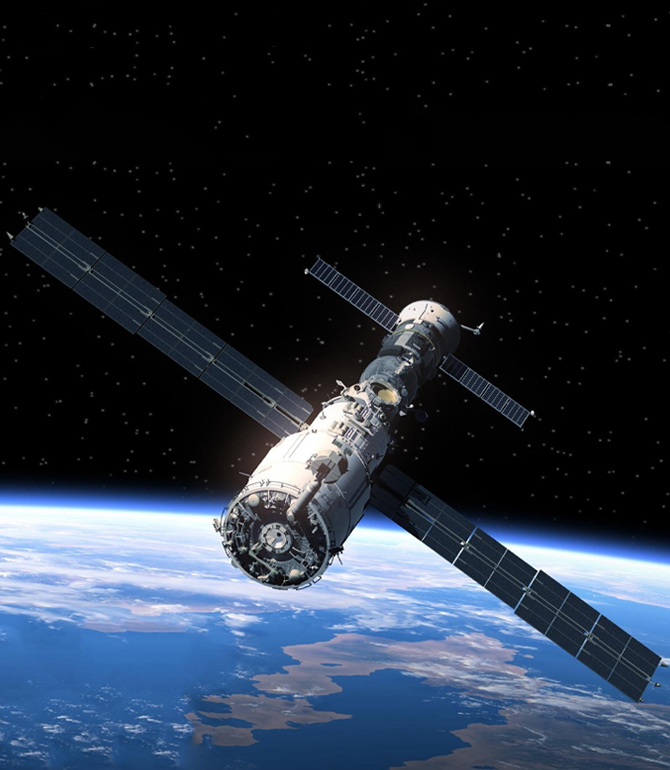Aluminum nitride ceramics suitable for the aviation industry

Aluminum nitride ceramics play various important roles in the aerospace field
This includes but is not limited to the following aspects:
Thermal structural components: Aluminum nitride ceramics due to their excellent high-temperature resistance performance
And widely used in the manufacturing of thermal structural components for aerospace spacecraft
These thermal structural components include spacecraft insulation shields, thermal protection plates, thermal shields, etc
Used to protect spacecraft from the influence of high-temperature airflow during re-entry into the atmosphere.
Guidance system: Aluminum nitride ceramics due to their high hardness, high thermal conductivity, and chemical stability
It is also applied in the guidance system of spacecraft
For example, in missile guidance systems
Aluminum nitride ceramics can be used as components such as bearings and sliders in inertial navigation systems
To ensure the stability and accuracy of the system
Engine components: Aluminum nitride ceramics are also used as key components in aerospace engines
Such as nozzles, flow deflectors, etc. These components need to have good high-temperature resistance and chemical stability
To withstand extreme conditions of high temperature and pressure in the engine, and ensure the performance and safety of the engine.
Infrared window: in some remote sensing satellites and missile systems
Aluminum nitride ceramics are also used as infrared window materials
Used to transmit infrared signals and protect optical systems from external environmental influences
Aluminum nitride ceramics have good optical transparency and chemical stability
Can meet the strict requirements of infrared sensor systems for optical materials
Overall, the role of aluminum nitride ceramics in the aerospace field is very important
Mainly reflected in its applications in thermal structural components, guidance systems, engine components, and infrared windows, etc
Provided critical support for the performance, stability, and safety of spacecraft

